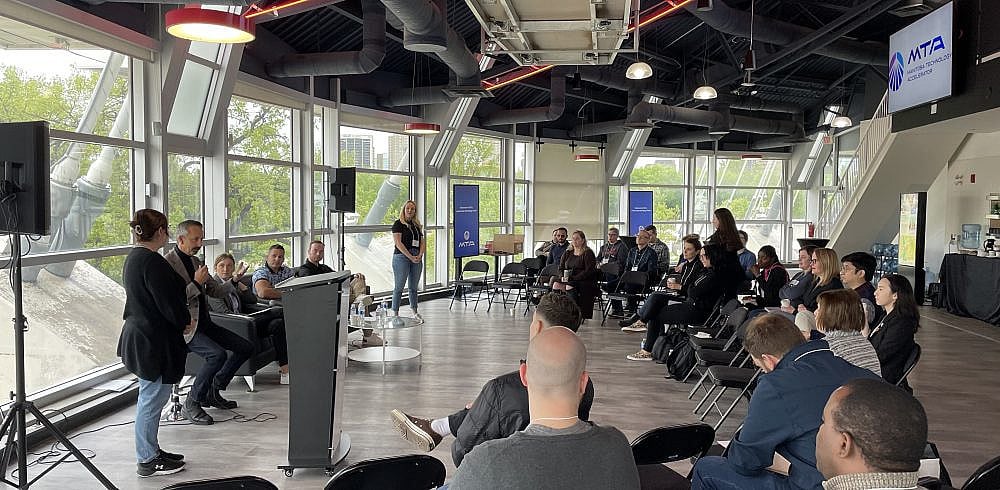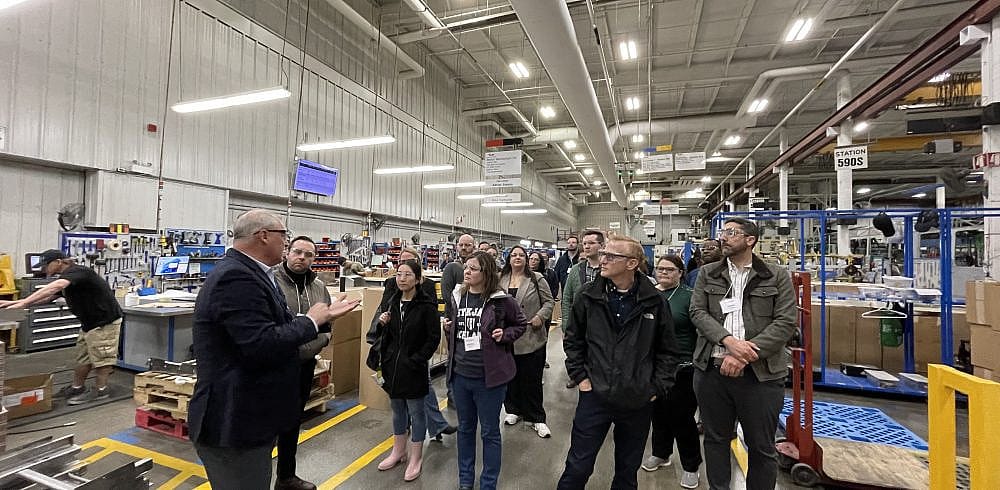While some companies have been forced to scale back their operations or shutdown altogether, others are struggling to meet surging consumer demand. For those of us still operating during these unprecedented times, keeping our top talent is an ongoing priority.
People are our best asset, yet faced with the current social restrictions, health concerns, and family obligations, many are compelled to alter the way they work, take a temporary leave of absence, or resign. Losing high-performing employees under any circumstance (pre or post COVID-19) can temporarily dent productivity, cause fulfillment delays, negatively impact the customer experience, as well as company earnings.
Adding to this conundrum is the rising costs associated with recruiting and hiring new employees. According to the Canada Human Resource Centre, the average cost-per-hire for an entry-level/clerical position is estimated at $3,000. Depending on the role to be filled (technical, supervisory or management professional), the cost-per-hire estimates can be significantly higher.
To keep high performers in a business climate facing unforeseen uncertainties you need to retool your existing strategies. Here are a few tips to consider when developing programs and policies to reduce talent loss.
Be flexible
Right now, flexibility is a key consideration for many employees. COVID-19 has forced people into balancing work with home life. As employers, we need to understand that there will be times when an employee’s home life will collide with work responsibilities. Be accommodating as much as possible. Flexibility options could include establishing flexible hours to support family obligations, allowing employees to work remotely (if feasible) or approving temporary absences.
Be transparent and communicate regularly
COVID-19 has increased the level of stress and anxiety felt by everyone. As employers, we need to be open and communicative with employees to help alleviate some of the anxieties they feel. Be honest about company circumstances and challenges. People need and want information to help them deal with chaotic uncertainties. Even if most of your workforce is working remotely, host regular check-in meetings to ensure they feel supported and heard.
Use technology to your advantage
Make sure your employees have access to the technology tools they need to work and collaborate effectively. With more people working remotely, digital tools like Slack, Teams, Zoom, GoToMeetings, and Cisco’s Webex Meetings are all geared towards helping people cooperate and be more productive. These collaborative tools, combined with mobile devices, VPNs and computers can go a long way to boosting job satisfaction.
Provide the right benefits and pay
Employee benefits are still one of the main attractions for job seekers. An attractive benefits plan has traditionally included monetary perks (paid time off, health insurance and bonuses) but with the COVID-19 crisis employees are increasingly interested in benefits such as mental health programs, flexible scheduling, and remote work programs. Financial compensation continues to be a big factor because people need to earn a living. Even in these trying times, your compensation package needs to be competitive to retain or attract talent.
Invest in learning and development
When you invest in your employees, they feel valued. Valued employees are more likely to remain loyal to a company that is helping advance their career. Learning and development opportunities increase employee confidence, provide new skills, tackle new challenges, and contribute to the company’s success.
Maintain a safe work environment
For every business in every industry, safety became a top priority almost overnight. As employers, we are obligated to ensure workplace safety measures are implemented. Safety measures such as providing masks, maintaining social distancing restrictions, and reducing maximum capacity in stores, offices, warehouses, etc., are all important measures to stay safe.
Plan fun social activities
Prior to COVID-19, employees engaged in social interactions at work, enjoyed lunches or watercooler conversations, and made lifelong friendships. With remote work becoming a new norm, employees feel isolated and disconnected. To help them feel connected, use digital tools such as Zoom to host get-togethers, share stories, and challenges. Events like these can create memories, build bonds and give employees a sense of belonging.
Undoubtedly, the impact of COVID-19 will continue to affect business operations and the way people work well into the future. More than ever before, companies need to focus their efforts on employee retention to reduce talent loss. In these turbulent economic times, a well-thought-out retention strategy is critical and well worth the investment.




